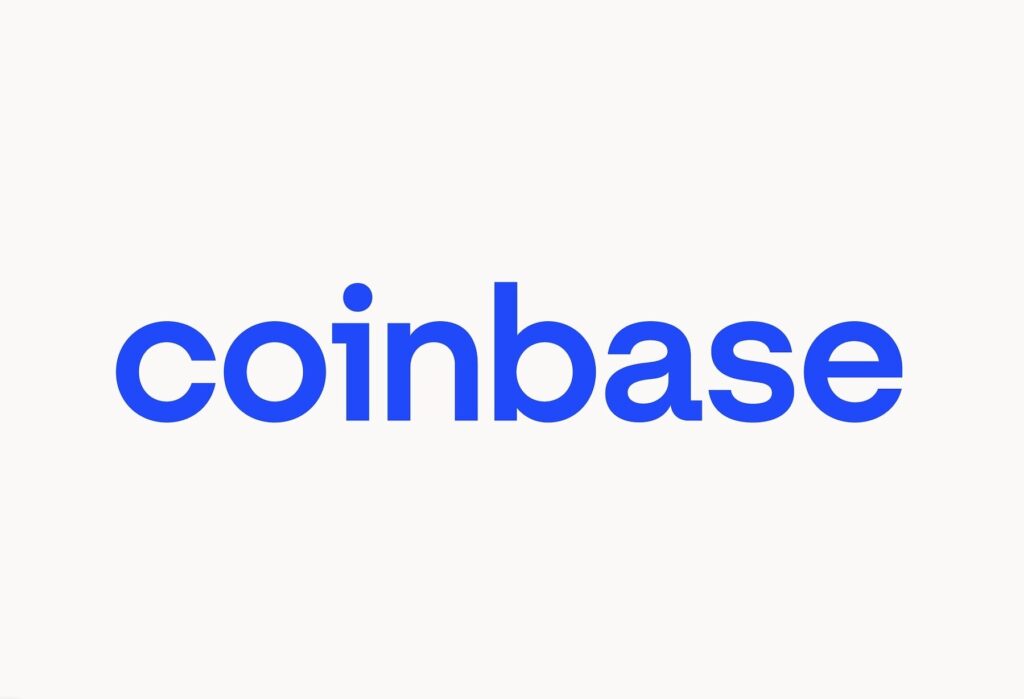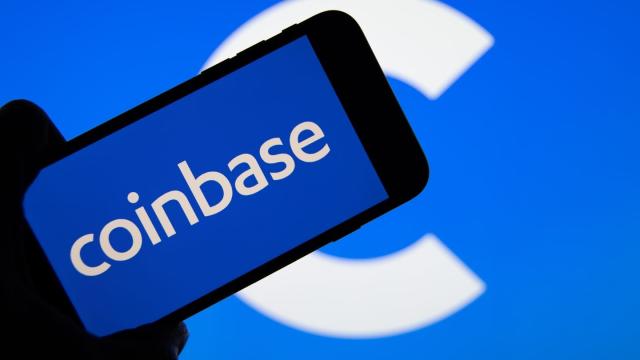Coinbase exchange consumers are frustrated with its frequent disruptions. Borovik’s statement mirrors a prevalent sentiment: Coinbase’s customers anticipate greater dependability.
In March, when Bitcoin was at record highs, some users’ account balances were presented as zero, prompting panic. The event was soon fixed and restricted to display faults, but it damaged user confidence.
The February downtime, induced by a traffic increase when Bitcoin reached $60,000, led many users to experience transaction failures.
Reports of zero balances worsened the situation, but Coinbase assured customers that their money were safe and that the difficulties were being rectified quickly. These occurrences demonstrate the platform’s inability to manage heavy traffic and trade surges.
Repeated Coinbase delays raise questions about its ability to manage rising demand, particularly during important trading hours.
Traders need smooth account access and transactions. Each downtime disturbs trade and questions the platform’s dependability. Coinbase, a $50 billion firm, should have solid measures to avoid frequent failures.
These dependability concerns must be addressed by Coinbase. To avoid platform crashes during heavy traffic, the organization needs upgrade infrastructure.
Trust must also be maintained by transparent outage communication. Assuring users that their assets are safe and concerns are being fixed quickly helps reduce frustrations from these interruptions.
Coinbase’s trustworthiness will be scrutinized as the crypto market grows and attracts more players. Stable and reliable platforms will attract users, especially during market booms. To keep its crypto exchange market leadership, Coinbase must resolve its ongoing outages.
Coinbase’s outage shows that dependability issues must be solved to preserve user trust. With the crypto market’s fast expansion, the platform’s success depends on strong infrastructure. Major exchanges must satisfy user expectations for smooth access and dependable service to keep and expand users.



